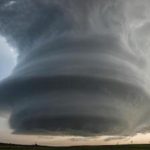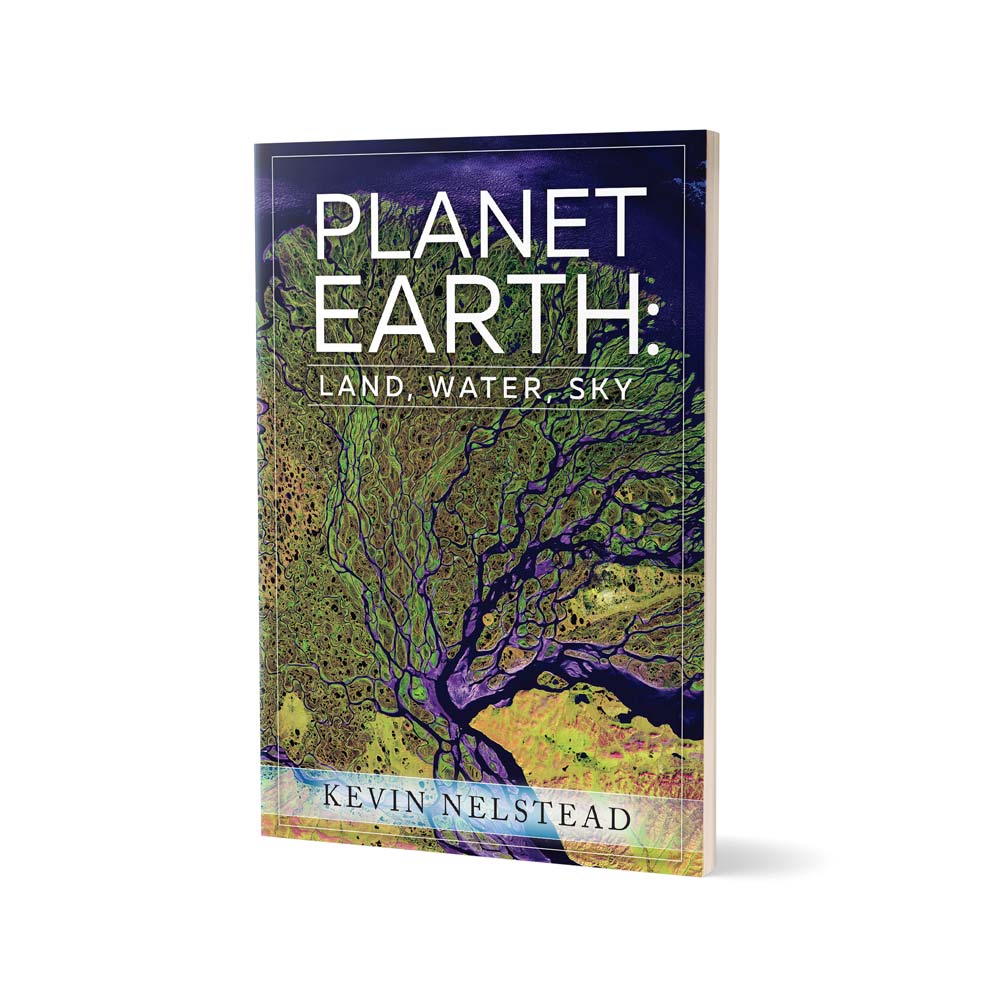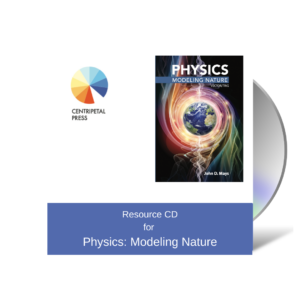Preface for Teachers
|
|
Our Emphasis on Wonder, Integration, and Mastery
|
|
Considerations for Science Programming
|
|
Lab Journals and Lab Reports
|
|
Conducting Experiments
|
|
Companion Book and Resource CD
|
|
Notes on Using this Text
|
Preface for Students
|
|
Stewarding Our Precious Planet
|
|
Mastery
|
|
Lab Journals
|
Chapter 1: Earth in Space
|
|
1.1 An Introduction to Earth Science
|
|
1.1.1 Earth Systems
|
|
1.1.2 Subdivisions of Earth Science
|
|
1.1.3 Further Specializations
|
|
1.2 Earth in the Solar System, Galaxy, and Universe
|
|
1.2.1 Earth in the Solar System
|
|
1.2.2 Earth—A “Just Right” Planet
|
|
1.2.3 Earth in the Galaxy and Universe
|
|
1.3 Earth’s Orbit and the Seasons
|
|
1.3.1 Earth’s Orbit
|
|
1.3.2 Solstices and Equinoxes
|
|
1.3.3 The Tropics and Polar Regions
|
|
1.4 Phases of the Moon
|
|
1.5 Eclipses
|
|
1.5.1 Solar Eclipses
|
|
1.5.2 Lunar Eclipses
|
|
1.6 Calendars
|
|
1.6.1 The Hebrew Calendar
|
|
1.6.2 The Islamic Calendar
|
|
1.6.3 Western Calendars
|
Chapter 2: Visualizing Earth
|
|
2.1 Locations on Earth
|
|
2.1.1 Latitude and Longitude
|
|
2.1.2 Satellite Navigation Systems
|
|
2.2 Map Projections and the Shape of Earth
|
|
2.2.1 Map Projections
|
|
2.2.2 The Shape of the Earth
|
|
2.3 Remote Sensing
|
|
2.4 Mapping Earth
|
|
2.4.1 Geographic Information Systems
|
|
2.4.2 Topographic Maps
|
|
2.4.3 Map Margin Information
|
|
2.4.3 Gradient and Percept Slope
|
|
Experimental Investigation 1: Interpreting Topograhic Maps
|
|
Chapter 3: Thinking About Earth
|
|
3.1 The Cycle of Scientific Enterprise in Earth Sciences
|
|
3.1.1 Scientific Facts
|
|
3.1.2 Scientific Theories
|
|
3.1.3 Hypotheses and Scientific Research (Experiments)
|
|
3.1.4 Analysis
|
|
3.2 Experimental Science and Historical Science
|
|
3.3 Challenges in Studying Earth
|
|
3.4 Stewardship of Earth
|
|
3.4.1 Earth Resources
|
|
3.4.2 Sustainability
|
|
3.4.3 The Degradation of Nature
|
|
|
Chapter 4: Matter and Minerals
|
|
4.1 Atoms Elements, and Crystals
|
|
4.1.1 Atomic Structure
|
|
4.1.2 The Periodic Table of the Elements
|
|
4.1.3 Compounds and Crystals
|
|
4.1.4 Chemical Bonds
|
|
4.2 Minerals
|
|
4.2.1 Definition of Mineral
|
|
4.2.2 Formation of Minerals
|
|
4.2.3 Mineral Groups
|
|
4.2.4 Gems
|
|
4.3 Mineral Properties and Identification
|
|
4.3.1 Luster, Color, and Streak
|
|
4.3.2 Crystal Form, Hardness, Cleavage, and Density
|
|
4.3.3 Other Mineral Properties
|
|
4.4 Mineral Resources
|
|
4.4.1 Ores
|
|
4.4.2 Mines
|
|
4.4.3 Minerals as Nonrenewable Resources
|
|
Experimental Investigation 2: Identifying Minerals
|
|
Chapter 5: Rocks and the Rock Cycle
|
|
5.1 The Rock Cycle
|
|
5.2 Igneous Rocks
|
|
5.2.1 Magma and Lava
|
|
5.2.2 Types of Magma and Lava
|
|
5.2.3 Intrusive and Extrusive Igneous Rocks
|
|
5.2.4 Identifying Igneous Rocks
|
|
5.3 Sedimentary Rocks
|
|
5.3.1 Clastic Sedimentary Rocks
|
|
5.3.2 Organic and Chemical Sedimentary Rocks
|
|
5.3.3 Identifying Sedimentary Rocks
|
|
5.4 Metamorphic Rocks
|
|
5.4.1 Contact Metamorphism and Regional Metamorphism
|
|
5.4.2 Identifying Metamorphic Rocks
|
|
5.5 Energy Resources
|
|
5.5.1 Coal
|
|
5.5.2 Petroleum and Natural Gas
|
|
5.5.3 Environmental Concerns with Fossil Fuels
|
|
5.5.4 Alternative Energy Resources
|
|
Experimental Investigation 3: Identifying Rocks
|
|
Chapter 6: Plate Techtonics and Mountain Building
|
|
6.1 Continental Drift
|
|
6.2 The Ocean Floor
|
|
6.2.1 Centental Margins
|
|
6.2.2 Mid-Ocean Ridges
|
|
6.2.3 Seamounts and Marine Sediments
|
|
6.3 Seafloor Spreading
|
|
6.4 Plate Techtonics
|
|
6.4.1 Plate Boundaries
|
|
6.4.2 Tectonic Plate Movements in the Past
|
|
6.5 Mountains
|
|
6.5.1 Folding
|
|
6.5.2 Faulting
|
|
6.5.3 Mountain Building
|
Chapter 7: Volcanoes and Earthquakes
|
|
7.1 Volcanoes and Plate Tectonics
|
|
7.1.1 Volcanism at Divergent Plate Boundaries
|
|
7.1.2 Volcanism at Cnvergent Plate Boundaries
|
|
7.1.3 Volcanism Within Techtonic Plates
|
|
7.2 Volcanoes
|
|
7.2.1 Volcanic Materials
|
|
7.2.2 Types of Volcanoes
|
|
7.2.3 Caldera Eruptions
|
|
7.2.4 Fissure Eruptions
|
|
7.3 igneous Intrustions
|
|
7.4 Earthquakes
|
|
7.4.1 Elastic Deformation
|
|
7.4.2 Faults
|
|
7.4.3 Seismic Waves
|
|
7.4.4 Measuring and Locating Earthquakes
|
|
7.5 Earthquake Damage
|
|
7.5.1 Earthquake Intensity
|
|
7.5.2 Tsunamis
|
|
7.6 The Interior of the Earth
|
|
7.6.1 Crust
|
|
7.6.2 Mantle
|
|
7.6.3 Core
|
|
Experimental Invetigation 4: Studying Volcanoes and Topo Maps
|
|
Chapter 8: Weathering, Erosion, and Soils
|
|
8.1 Mechanical and Chemical Weathering
|
|
8.1.1 Mechanical Weathering
|
|
8.1.2 Chemical Weathering/p>
|
|
8.1.3 Rates of Weathering
|
|
8.2 Erosion
|
|
8.2.1 Agents of Erosion
|
|
8.2.2 Transportation and Deposition
|
|
8.2.3 Differential Weathering and Erosion
|
|
8.3 Soils
|
|
8.3.1 Soil Composition
|
|
8.3.2 Soil Horizons and Profiles
|
|
8.3.3 Formation of Soils
|
|
8.3.4 Soil Types
|
|
8.3.5 Soil Conservation
|
|
Experimental Investigation 5: Modeling Weathering
|
|
Chapter 9: Surface Water and Groundwater
|
|
9.1 The Hydrologic Cycle
|
|
9.2 Streams
|
|
9.2.1 Drainage Networks
|
|
9.2.2 Streamflow in Channels
|
|
9.2.3 Stream Profiles and Base Level
|
|
9.2.4 Erosion and Transport of Sediments by Streams
|
|
9.2.5 Stream Deposition
|
|
9.3 Stream Landforms
|
|
9.3.1 Stream Valleys
|
|
9.3.2 Floods and Floodplains
|
|
9.4 Groundwater
|
|
9.4.1 Porosity and Permeability
|
|
9.4.2 Aquifers
|
|
9.4.3 Springs and Wells
|
|
9.4.4 Groundwater as a Resource
|
|
9.5 Caverns and Groundwater Landforms
|
|
Experimental Investigation 6: The Stream Table
|
|
Chapter 10: Landforms
|
|
10.1 Landforms Caused by Mass Movement
|
|
10.1.1 Variables That Influence Mass Movement
|
|
10.1.2 Types of Mass Movement
|
|
10.2 Desert Landforms
|
|
10.2.1 Streams in the Desert
|
|
10.2.2 Wind Erosion and Transport
|
|
10.2.3 Wind Deposits
|
|
10.3 Glaciers
|
|
10.3.1 Glacial Ice
|
|
10.3.2 Alpine Glaciers
|
|
10.3.3 Ice Sheets
|
|
10.4 Glaciation in Earth’s Past
|
|
10.4.1 Evidence for an Ice Age
|
|
10.4.2 Net The Timing and Worldwide Effects of Glaciation
|
|
Experimental Investigation 7: Studying Glaciers with Topo Maps
|
|
Chapter 11: Unraveling Earth History
|
|
11.1 Geologic Time
|
|
11.1.1 The Development of the Concept of Geologic Time
|
|
11.1.2 Hutton and Lyell
|
|
11.2 Relative Age
|
|
11.2.1 Rock Layers
|
|
11.2.2 Principles of Relative-Age Dating
|
|
11.2.3 Unconformities
|
|
11.2.4 Putting it All Together
|
|
11.3 Fossils
|
|
11.3.1 Types of Preservation
|
|
11.3.2 Trace Fossils
|
|
11.3.3 Uses of Fossils
|
|
11.4 Abolute Dating
|
|
11.4.1 Isotopes and Radioactivity
|
|
11.4.2 Radiometric Dating
|
|
11.4.3 Types of Radiometric Dating
|
|
11.5 Sedimentary Envinonrments
|
|
11.6 An Overview of Earth History
|
|
11.6.1 Divisions of Earth History
|
|
11.6.2 The Precambrian
|
|
11.6.3 The Paleozoic Era
|
|
11.6.3 The Mesozoic Era
|
|
11.6.3 The Cenozoic Era
|
|
Chapter 12: Oceanography
|
|
12.1 The Oceans
|
|
12.1.1 History of Ocean Exploration
|
|
12.1.2 Oceans and Seas
|
|
12.2 Seawater
|
|
12.2.1 Salinity
|
|
12.2.2 Physical Properties of Seawater
|
|
12.3 Currents and Waves
|
|
12.3.1 Ocean Surface Currents
|
|
12.3.2 Waves
|
|
12.4 Tides
|
|
12.5 Marine Life
|
|
12.5.1 Types of Marine Organisms
|
|
12.5.2 Basic Requirements for Ocean Life
|
|
12.5.3 Ocean Environments
|
|
12.5.4 Ocean Food Resources
|
|
12.6 Shorelines
|
|
12.6.1 Erosional Landforms along Coastlines
|
|
12.6.2 Depositional Landforms along Coastlines
|
|
12.6.3 Humans and Coastlines
|
Chapter 13: The Atmosphere
|
|
13.1 The Composition and Structure of Earth’s Atmosphere
|
|
13.1.1 Compositin of the Atmosphere
|
|
13.1.2 Layers in the Atmosphere
|
|
13.2 Properties of the Atmophsere
|
|
13.2.1 Temperature
|
|
13.2.2 Atmospheric Pressure
|
|
13.2.3 Wind
|
|
13.2.4 Humidity
|
|
13.2.5 Precipitation
|
|
13.3 Energy and Water in the Atmosphere
|
|
13.3.1 Solar Radiation and transfers of Energy
|
|
13.3.2 Evaporation, Condensation, and Energy
|
|
13.4 Circulation of the Atmosphere
|
|
13.4.1 Global Wind Systems
|
|
13.4.2 Jet Streams
|
Chapter 14: Weather
|
|
14.1 Clouds and Precipitation
|
|
14.1.1 Formation of Clouds
|
|
14.1.2 Types of Clouds
|
|
14.1.3 Precipitation
|
|
14.2 Air Masses and Fronts
|
|
14.2.1 Air Masses
|
|
14.2.2 Fronts
|
|
14.2.3 Weather Maps
|
|
14.3 Weather Forecasts
|
|
14.3.1 Making a Basic Weather Forecast
|
|
14.3.2 Analog Weather Forecasting
|
|
14.3.3 Numerical Weather Forecasting
|
|
14.4 Severe Weather
|
|
14.4.1 Thunderstorms, Severe Weather, and Tornadoes
|
|
14.4.2 Tornadoes
|
|
14.4.3 Hurricanes
|
|
Experimental Investigation 8: Weather Maps
|
Chapter 15: Climate and Air Pollution
|
|
15.1 Climate
|
|
15.1.1 Climate Charts
|
|
15.1.2 Factors that Determine Climate
|
|
15.2 Classification of Climates
|
|
15.2.1 The Køppen Climate-Classification System
|
|
15.2.2 A Closer Look at the Climate Groups
|
|
15.2.3 Weather Extremes
|
|
15.3 Climate Change
|
|
15.3.1 Natural Climate Changes
|
|
15.3.2 Human-Caused Climate Change
|
|
15.4 Air Pollution
|
|
15.4.1 Air Pollutants
|
|
15.4.2 Factors that Affec Air Pollution
|
|
15.4.3 Indoor Air Pollution
|
Glossary
|
Appendix
|
Minerals
|
References
|
Image Credits
|
Index
|
 Centripetal Press is pleased to announce the arrival of Planet Earth: Land, Water, Sky, our new earth science text for middle school!
Centripetal Press is pleased to announce the arrival of Planet Earth: Land, Water, Sky, our new earth science text for middle school!





